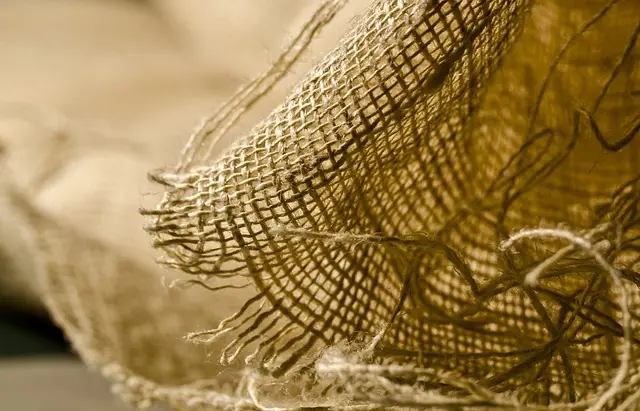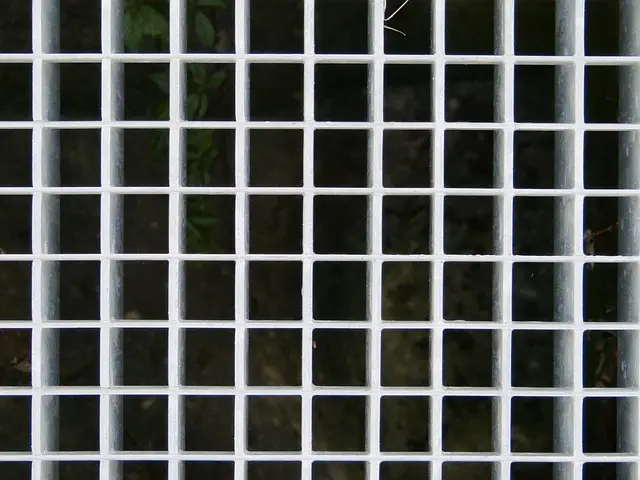Growing kratom (Mitragyna speciosa) outdoors thrives under Southeast Asia's tropical climate and can be replicated by providing partial shade, temperatures between 75°F to 85°F (24°C to 29°C), and well-draining soil rich in organic matter. Optimal growth and alkaloid development are supported through regular soil testing, amendments, and avoiding direct sunlight to prevent leaf scorch. Harvesting should target mature leaves with high alkaloid content, and post-harvest, proper processing and drying techniques are essential to preserve these alkaloids, which are sensitive to environmental conditions. Sustainable cultivation practices, including integrated pest management (IPM) and avoiding harmful chemicals, ensure the health and longevity of kratom plants and result in a potent product for muscle soreness relief. Kratom's analgesic properties, attributed to alkaloids like mitragynine and 7-hydroxymitragynine, interact with brain opioid receptors and are being explored as a natural remedy for post-exercise muscle pain. It's important to use kratom responsibly within a holistic recovery strategy that includes proper dosage and professional medical advice due to its varying regulatory status. Additionally, outdoor cultivation is a sustainable approach that can provide fresh and potent leaves for those seeking natural alternatives to manage muscle soreness as part of their recovery routines.
Exploring the therapeutic potential of kratom supplements as a natural remedy for muscle soreness, this article delves into three pivotal areas. Firstly, it addresses the cultivation of kratom (Mitragyna speciosa) outdoors, offering insights on optimizing conditions to enhance alkaloid content, which are key to its efficacy. Secondly, it elucidates the mechanisms behind muscle soreness relief through kratom supplementation, providing a comprehensive understanding of how these natural compounds can aid in recovery and pain management. Lastly, it guides readers on integrating kratom into their post-exercise regimen for effective relief, ensuring sustainable harvest practices are considered alongside practical application.
- Optimizing Outdoor Kratom Cultivation for Maximized Alkaloid Content and Sustainable Harvest
- Understanding Muscle Soreness Relief: The Role of Kratom Supplements in Recovery and Management
- Effective Integration of Kratom Supplements for Post-Exercise Muscle Soreness Alleviation
Optimizing Outdoor Kratom Cultivation for Maximized Alkaloid Content and Sustainable Harvest

Kratom (Mitragyna speciosa), a tropical evergreen tree native to Southeast Asia, has gained popularity for its alkaloid content that can have various effects on human physiology. For those interested in cultivating kratom outdoors, optimizing growth conditions is key to achieving high alkaloid content, which is essential for the plant’s potency and desirability. The climate plays a crucial role in kratom cultivation; it thrives in areas with abundant rainfall and a consistent temperature range between 75°F to 85°F (24°C to 29°C). Outdoor growers should aim for a site that receives partial shade, as direct sunlight can scorch the leaves and reduce alkaloid production. Soil quality is another important factor; kratom requires well-draining soil rich in organic matter. Regular soil testing and amending with compost or other organic matter can maintain optimal soil health, which in turn supports the plant’s alkaloid development.
Sustainable harvest practices are equally significant for maintaining the vitality of kratom plants. Harvesting should be done carefully to avoid damaging the tree and to allow for regrowth. The best time to harvest kratom leaves is when they have matured, displaying the characteristic veins and colors that signify a higher alkaloid content. After harvest, leaves should be processed and dried properly to preserve the alkaloids, which are sensitive to heat and humidity. Employing integrated pest management (IPM) strategies and avoiding the use of harmful chemicals are essential for sustainable cultivation. By adhering to these practices, outdoor growers can produce kratom with maximized alkaloid content while ensuring the health and longevity of their kratom trees. This not only benefits the end user seeking muscle soreness relief but also promotes environmental stewardship and responsible agriculture.
Understanding Muscle Soreness Relief: The Role of Kratom Supplements in Recovery and Management

Muscle soreness, often a result of intense physical activity or exercise, can significantly impede recovery and an individual’s ability to maintain a consistent workout regimen. The natural healing process is vital in addressing muscle soreness, and it can be augmented through strategic supplementation. Kratom, a tropical evergreen tree native to Southeast Asia, has garnered attention in the realm of natural remedies for its potential benefits in pain management and recovery. When cultivated outdoors in suitable climates, kratom plants can thrive, providing access to a natural source of the alkaloids that are believed to contribute to muscle soreness relief.
Kratom supplements contain alkaloids such as mitragynine and 7-hydroxymitragynine, which are thought to interact with opioid receptors in the brain, potentially providing analgesic effects. These compounds may help alleviate muscle pain and discomfort, allowing for better muscle recovery between training sessions. For those interested in growing kratom outdoors, it requires specific conditions such as warm temperatures, high humidity, and well-drained soil to flourish. When harvested responsibly and processed properly, kratom can be a natural addition to a muscle soreness relief strategy, complementing physical therapy and rest. Its role in the management of post-exercise discomfort is an area of growing interest among athletes and those engaged in regular physical activities looking for natural alternatives to manage pain.
Effective Integration of Kratom Supplements for Post-Exercise Muscle Soreness Alleviation

When integrating kratom supplements into a post-exercise routine for muscle soreness relief, it’s crucial to consider how these natural compounds can complement recovery strategies. Kratom, derived from the leaves of Mitragyna speciosa, has been traditionally used in Southeast Asia for its various health benefits. For those looking to grow kratom outdoors, it thrives in well-drained, humus-rich soil with consistent moisture and partial shade. Properly cultivated kratom plants can yield leaves that are rich in the alkaloids mitragynine and 7-hydroxymitragynine, which have been reported to contribute to muscle soreness relief post-exercise.
The alkaloids present in kratom supplements may interact with opioid receptors in the brain, potentially providing pain-relieving effects. This interaction can be particularly beneficial for athletes and individuals engaged in regular physical activity who experience delayed onset muscle soreness (DOMS). To effectively integrate kratom into a recovery regimen, it’s important to adhere to recommended dosages and consult with healthcare professionals, especially given the regulatory status of kratom in various regions. Additionally, combining kratom use with other recovery methods such as proper nutrition, hydration, rest, and stretching can enhance overall muscle recovery and performance readiness for the next physical challenge. Growing kratom outdoors can be a sustainable way to ensure a steady supply of fresh leaves, which many users prefer over processed powders for its potency and purity. It’s essential to follow best practices for cultivation and processing to maintain the integrity and efficacy of the kratom supplements used for muscle soreness relief.
Growing kratom (Mitragyna speciosa) outdoors can yield a potent source of alkaloids that are beneficial for muscle soreness relief. This article has explored the nuances of cultivating kratom sustainably to maximize its medicinal properties, particularly in the context of post-exercise recovery. Understanding the mechanisms by which kratom supplements assist in managing muscle soreness provides a scientific foundation for their use. Integrating these supplements effectively into a recovery regimen can significantly enhance the relief from muscle soreness, potentially complementing or even reducing reliance on other pain management strategies. As such, kratom cultivation and its subsequent use as a natural supplement hold promise for those seeking to alleviate the discomfort associated with physical exertion.






